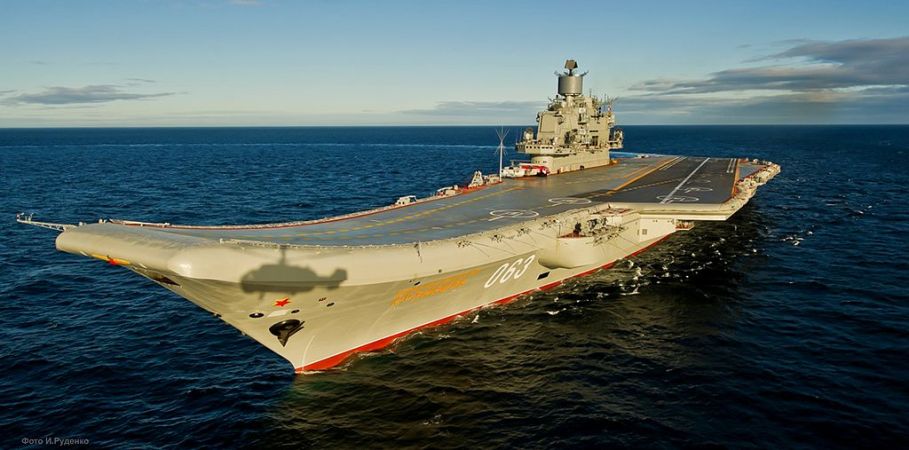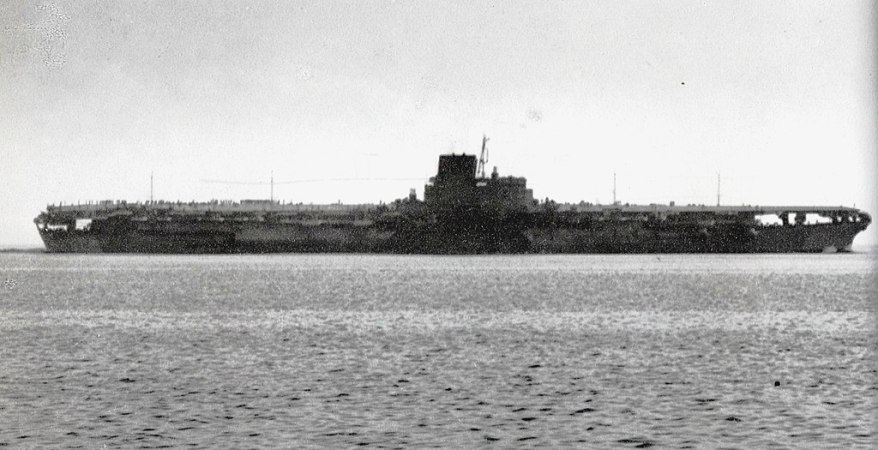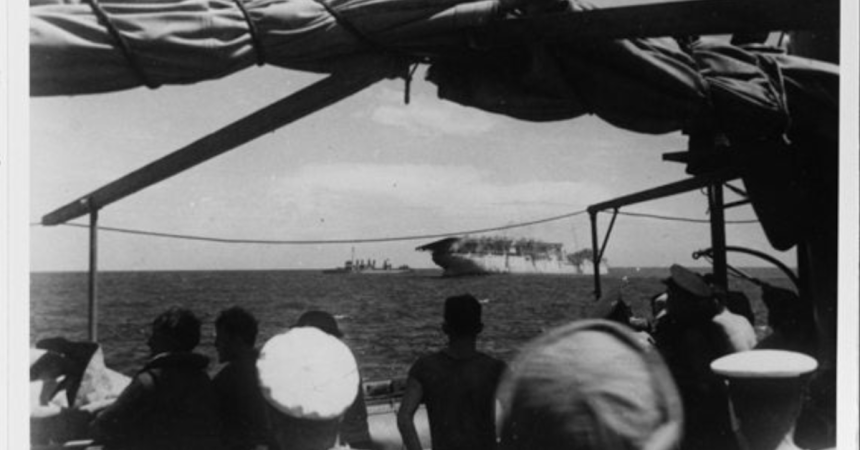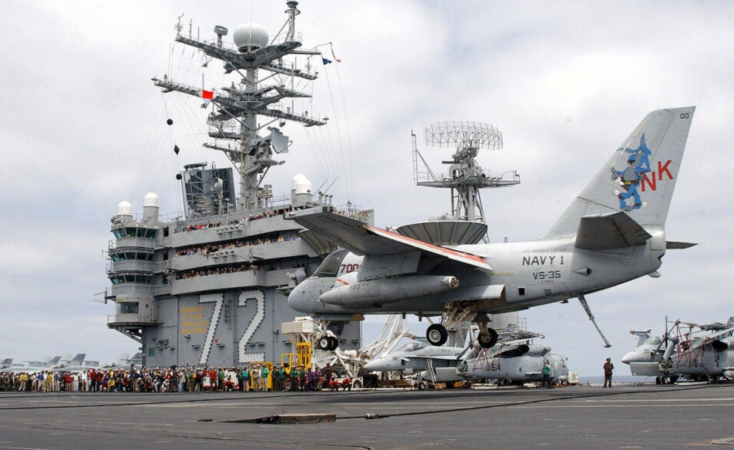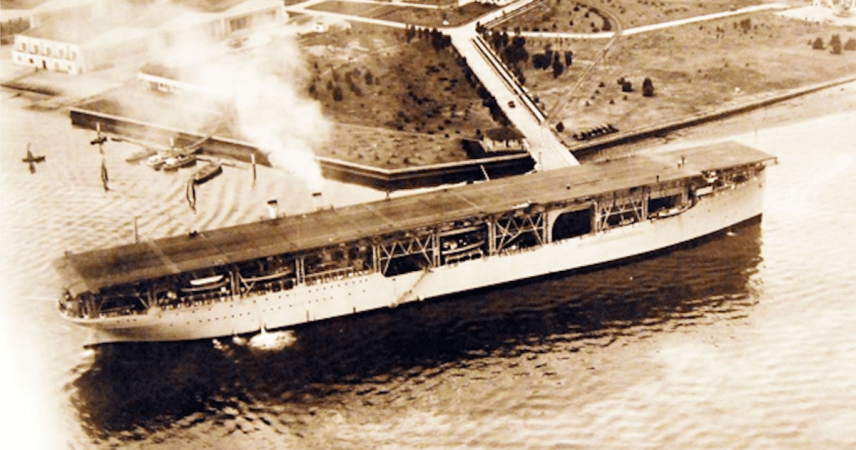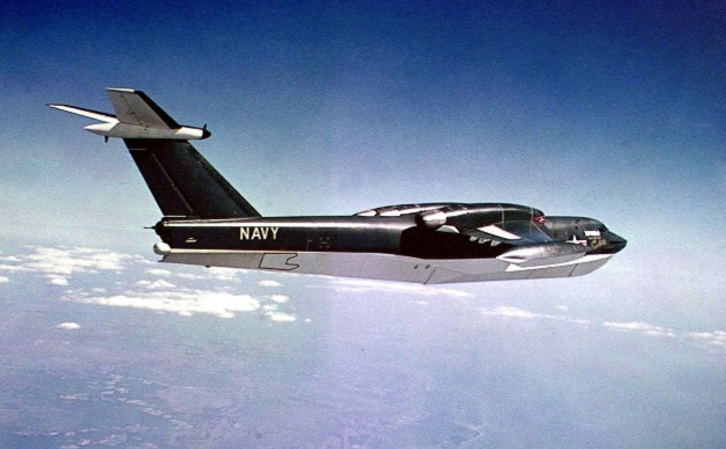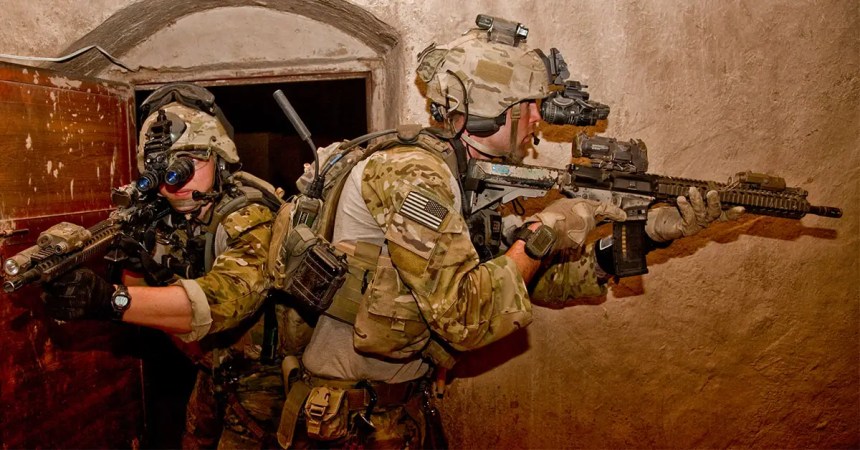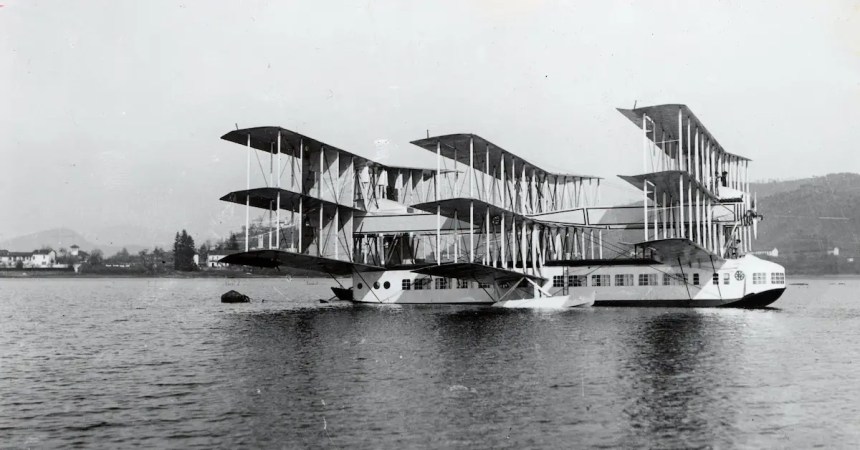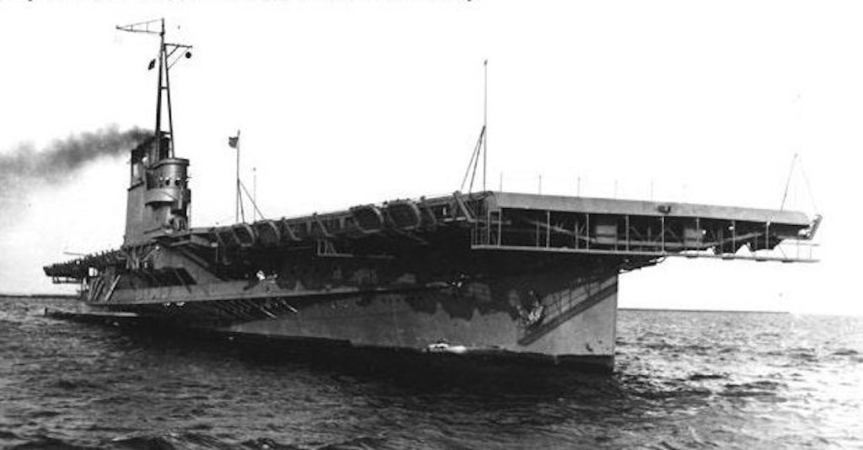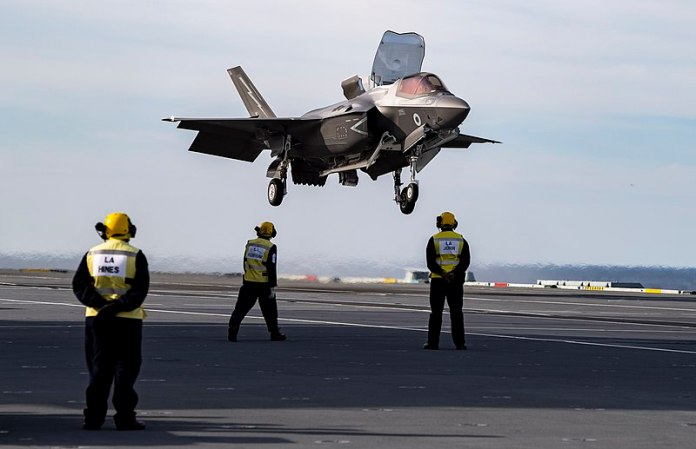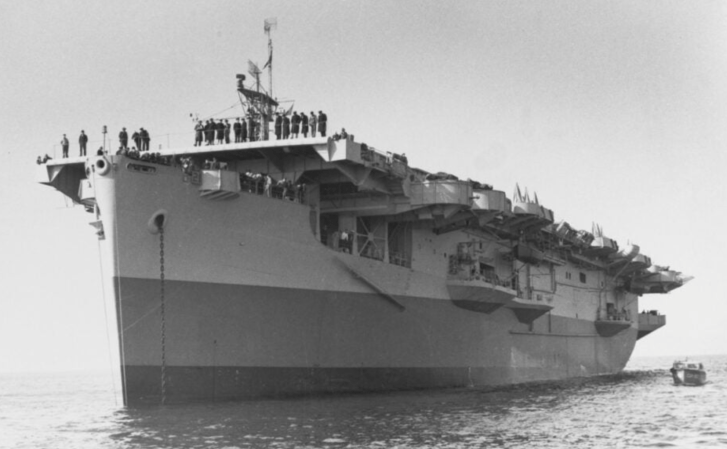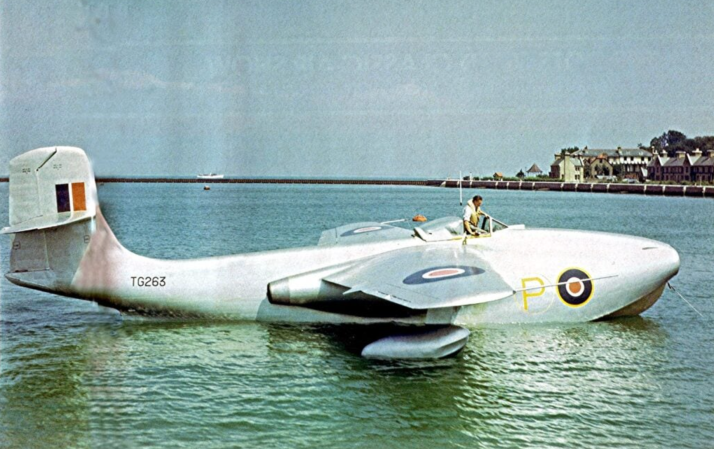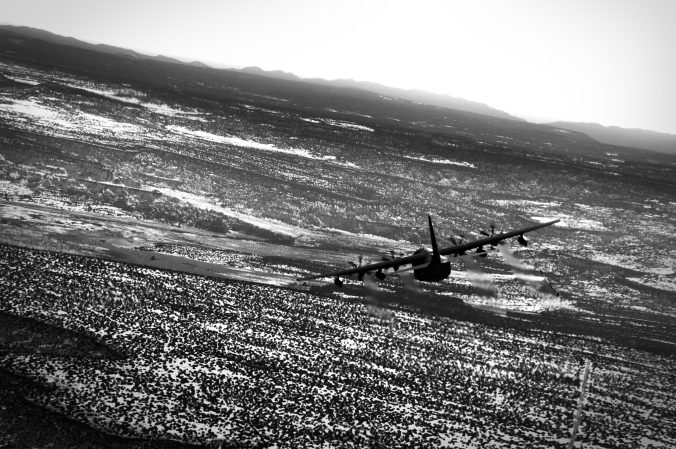The world is well aware of how the Navy uses its massive fleet of aircraft carriers to dominate the oceans while protecting America. Each monstrous aircraft carrier houses thousands of sailors and dozens of aircraft just waiting for the word to deploy.
But there was another breed of the aircraft carrier that doesn’t get as much attention these days — the type that actually flew.
In 1783, the Montgolfier brothers made the history books when they showcased the first successful flight of a working hot air balloon. Months later, they copied the flight, but this time they had passengers inside the cargo basket — a sheep, a duck, and a rooster.
Though accurately steering the ballon was haphazard, the flying technique still gained public interested.

Within the next year or so, this new technology rapidly progressed as Jean Baptiste Meusnier designed the cigar-shape airship which we recognize today.
At the turn of the 20th century, Count Ferdinand von Zeppelin introduced the rigid airship that came with a solid internal frame — dubbed the “Zeppelin.” At the time, Zeppelins were highly utilized as they could stay airborne longer, travel further and carry heavier cargo — by that we mean bombs.

Although the Zeppelin sacred the sh*t out of people as it flew over them, it didn’t take long to realize the lighter than air craft were vulnerable to even the most primitive fighters. Basically, it was an aircraft carrier that needed more aircraft around to protect it.
So planners came up with the idea of having fighter planes escort the beastly airships, and what better way than to have these airships carry the fighter escorts themselves?
England constructed the 23-class Vickers rigid airship that could carry three Sopwith Camel biplanes that could deploy from hooks beneath the airship’s hull.
Four of these aircraft carriers were built, and the all four were decommissioned by 1920 for various reasons. The U.S. took note of the clever engineering and constructed both the USS Los Angeles and the USS Akron.
The USS Akron had the distinct ability to launch and recover fighters in mid-air. The planes would just fly up, and the pilot would attach to a T-shape mount which would pull the aircraft into the Akron’s internal hanger.

Test flights began in the fall of 1931, but the Akron had loads of trouble flying and crashed — a lot. Several months later, the carrier was docked in San Diego where it unexpectedly took off taking three men with it. Two of the men fell to their deaths.
A few years later, the airship would crash one last time off the coast of New Jersey killing 73 passengers — more than double that of the infamous Hindenburg crash.
These events made the flying aircraft carrier very unpopular for war-time operations causing engineers to cease their development.
Check out Not Exactly Normal‘s video below and see the crash footage for yourself.

YouTube, Not Exactly Normal



